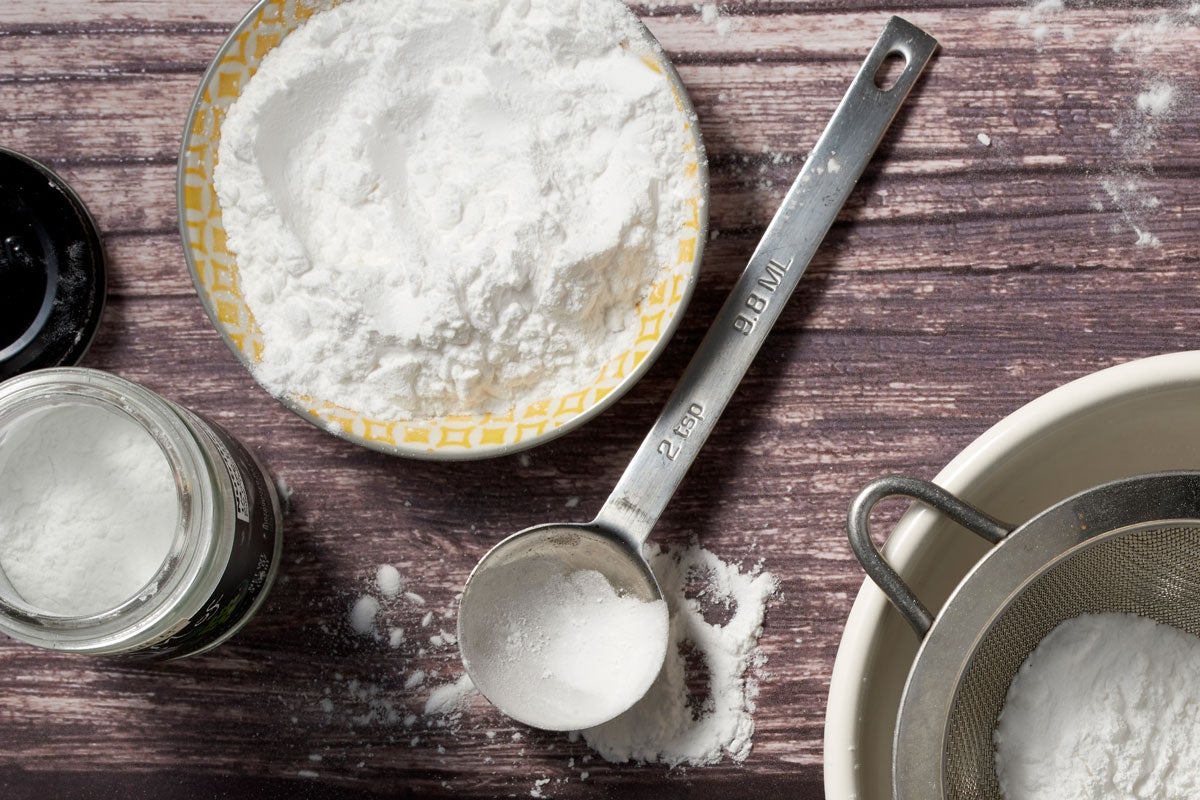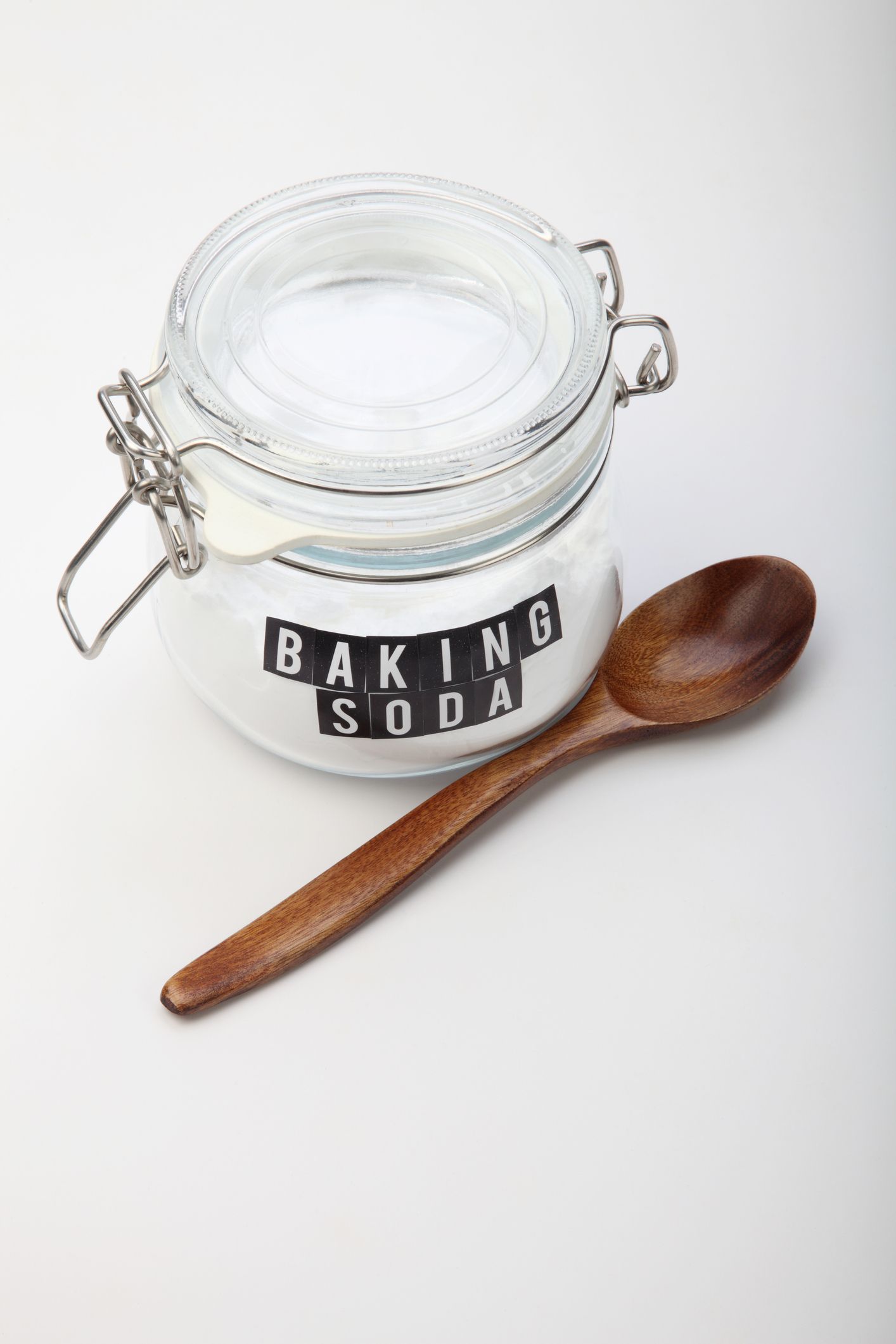
The acid in a baking powder can be either fast-acting or slow-acting. The use of two acidic components is the basis of the term "double acting." Single- and double-acting baking powders Monocalcium phosphate ("MCP") is a common acid component in domestic baking powders.Ī typical formulation (by weight) could call for 30% sodium bicarbonate, 5–12% monocalcium phosphate, and 21–26% sodium aluminium sulfate.Īlternately, a commercial baking powder might use sodium acid pyrophosphate as one of the two acidic components instead of sodium aluminium sulfate.Īnother typical acid in such formulations is cream of tartar ( K C 4 H 5 O 6), a derivative of tartaric acid. For example, starting with baking soda and monocalcium phosphate, the reaction produces carbon dioxide by the following stoichiometry: 14 NaHCO 3 + 5 Ca(H 2PO 4) 2 → 14 CO 2 + Ca 5(PO 4) 3OH + 7 Na 2HPO 4 + 13 H 2O The real reactions are more complicated because the acids are complicated. The acid-base reaction can be generically represented as shown: NaHCO 3 + H + → Na + + CO 2 + H 2O Whether commercially or domestically prepared, the principles behind baking powder formulations remain the same. When combined with water, the sodium bicarbonate and acid salts react to produce gaseous carbon dioxide. Most commercially available baking powders are made up of sodium bicarbonate (NaHCO 3, also known as baking soda or bicarbonate of soda) and one or more acid salts. 1.2 Single- and double-acting baking powdersīaking powder is made up of a base, an acid, and a buffering material to prevent the acid and base from reacting before their intended use.It led to the creation of new types of cakes, cookies, biscuits, and other baked goods.

The introduction of baking powder was revolutionary in minimizing the time and labor required to make breadstuffs.

Because carbon dioxide is released at a faster rate through the acid-base reaction than through fermentation, breads made by chemical leavening are called quick breads. Where the batter lacks the elastic structure to hold gas bubbles for more than a few minutes, and to speed the production of baked goods. in the 1860s.īaking powder is used instead of yeast for end-products where fermentation flavors would be undesirable, The first double-acting baking powder, which releases some carbon dioxide when dampened, and later releases more of the gas when heated by baking, was first developed by Eben Norton Horsford in the U.S. The first single-acting baking powder, which releases carbon dioxide at room temperature as soon as it is dampened, was developed by food manufacturer Alfred Bird in England in 1843. It works by releasing carbon dioxide gas into a batter or dough through an acid–base reaction, causing bubbles in the wet mixture to expand and thus leavening the mixture. Baking powder is used to increase the volume and lighten the texture of baked goods.

The base and acid are prevented from reacting prematurely by the inclusion of a buffer such as cornstarch.

This particular type of baking powder contains monocalcium phosphate, sodium bicarbonate, and cornstarch.īaking powder is a dry chemical leavening agent, a mixture of a carbonate or bicarbonate and a weak acid.


 0 kommentar(er)
0 kommentar(er)
